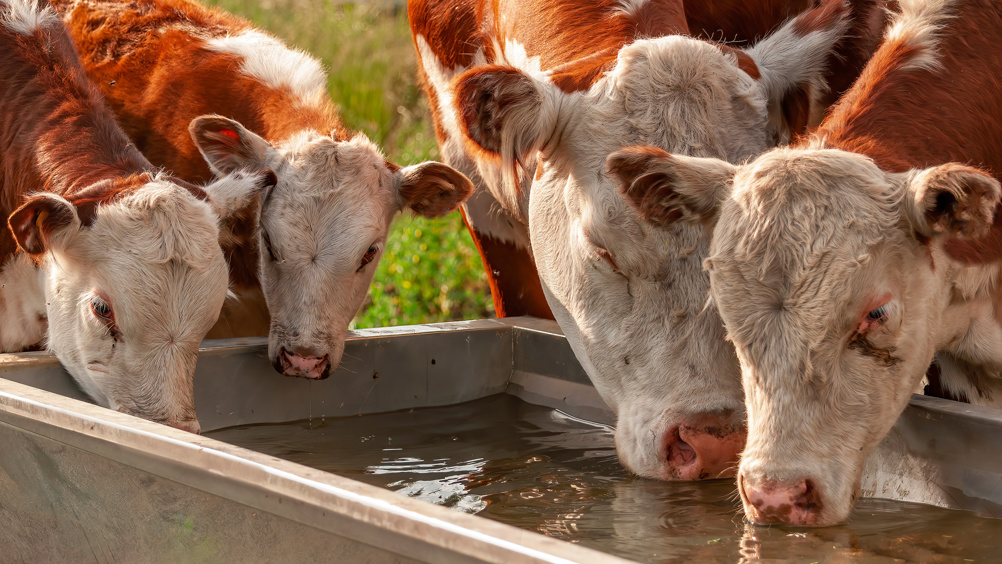Cattle Review: May–June 2020

Abstract
Introduction:
In this Cattle Review we consider publications on the effects of dry cow therapy on antimicrobial resistance (AMR) in calves, the risk of Mycoplasma bovis transmission through colostrum and the effect of providing very young calves with water on their developing microbiome.
Antimicrobial residues in milk have been discussed as a possible selector for Enterobacteriaceae that produce extended-spectrum β-lactamases (ESBL) in dairy herds. Such residues are found in waste milk after antibiotic treatment of mastitis, but antibiotic dry cow therapy (DCT) might also lead to antibiotic residues in colostrum and in milk during early lactation. While it is known that feeding waste milk selects ESBL bacteria in calves, there was, until recently, little known about the effect of DCT via colostrum, which is supposed to contain much lower antibiotic concentrations than waste milk. In this observational prospective case study on two farms undertaken by Tetens et al (2019) (Journal of Dairy Science doi:10.3168/jds.2019-16659) the authors hypothesized that blanket dry cow treatment with β-lactams would have more selective, increasing, effects on ESBL concentrations than selective, individually chosen, antibiotic DCT. Thus, they compared concentrations of ESBL-producing Enterobacteriaceae in faeces of calves (n = 50) at two dairy farms with different management of antibiotic dry cow therapy.
Register now to continue reading
Thank you for visiting UK-VET Companion Animal and reading some of our peer-reviewed content for veterinary professionals. To continue reading this article, please register today.

